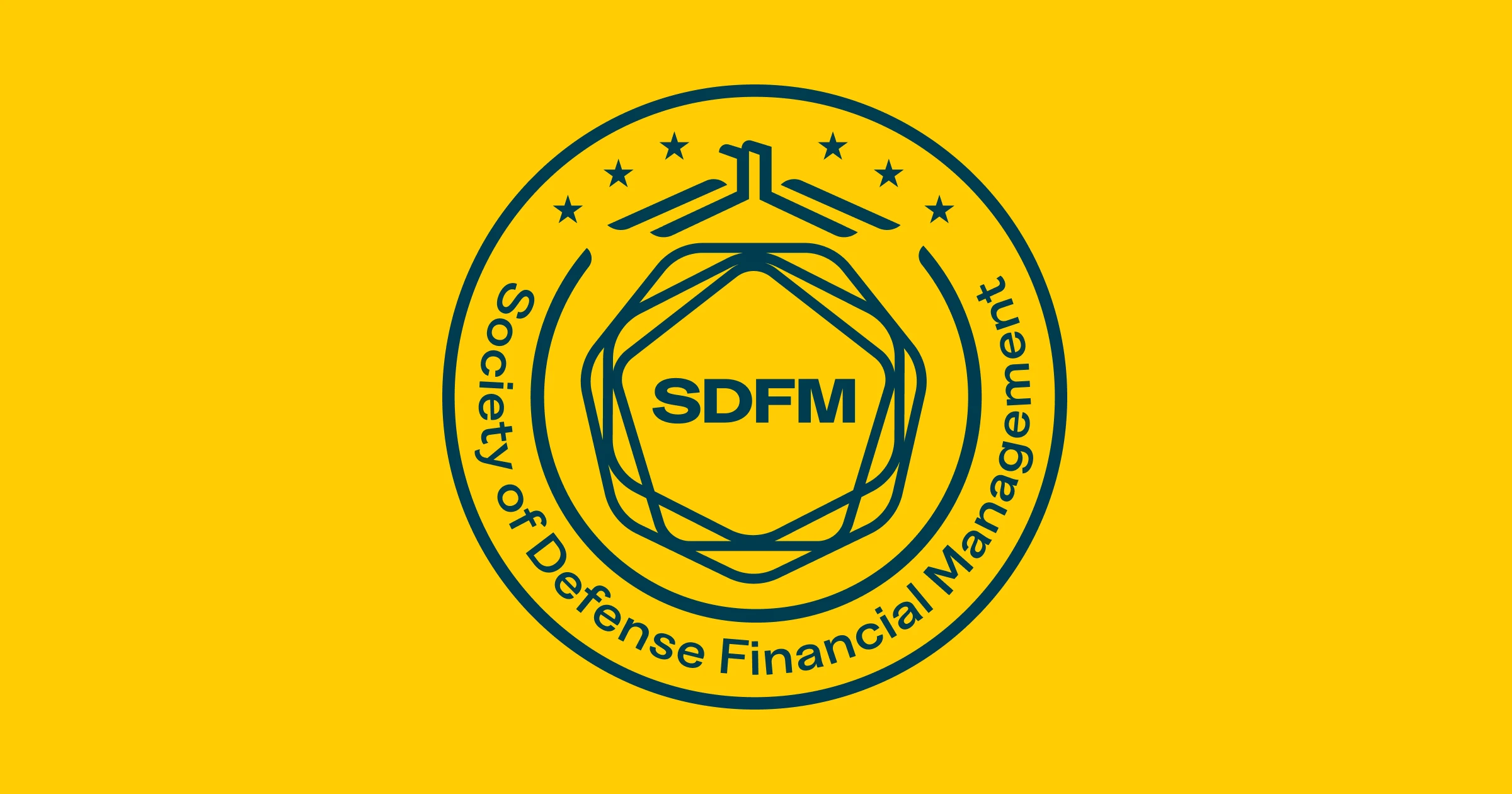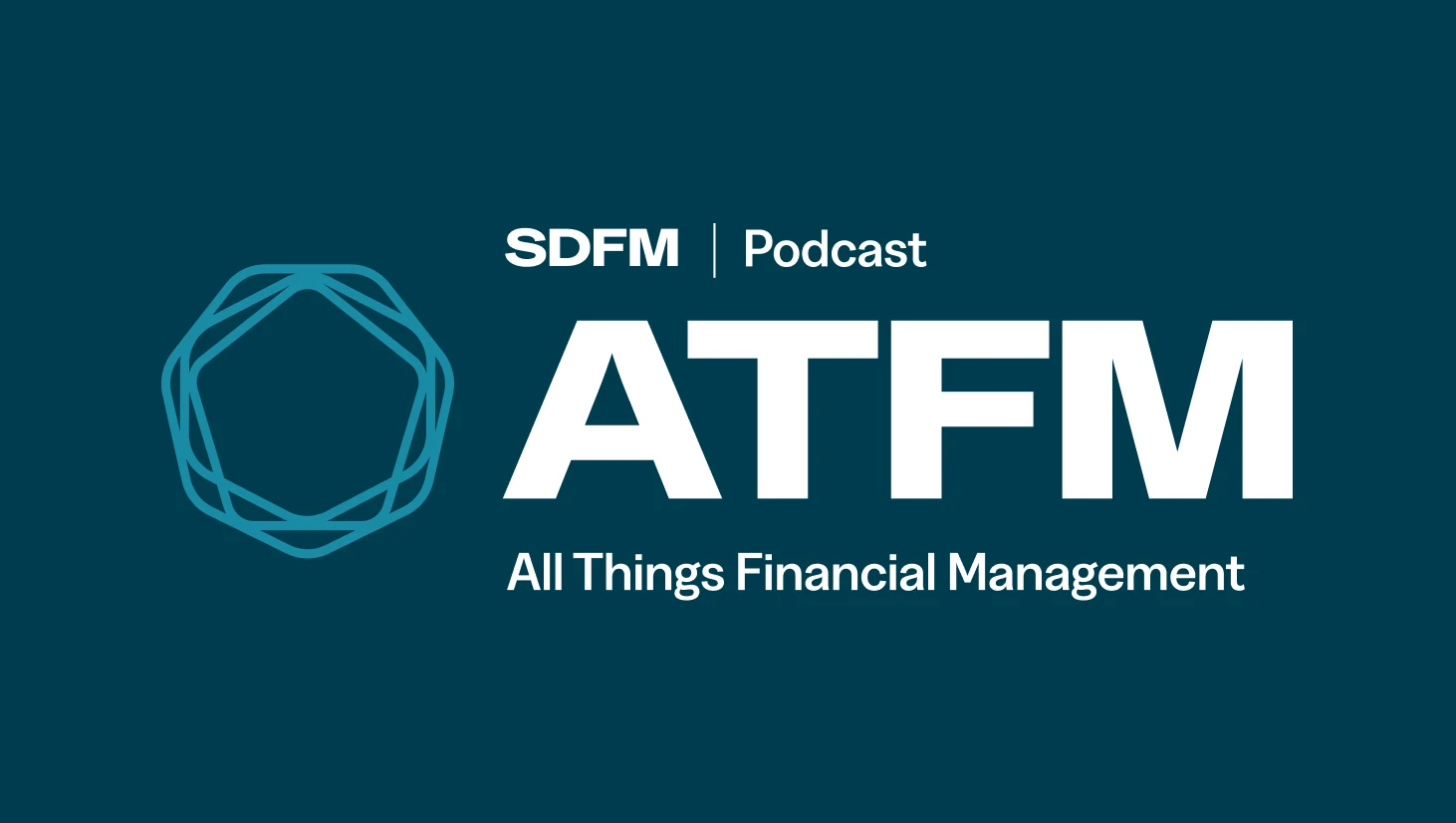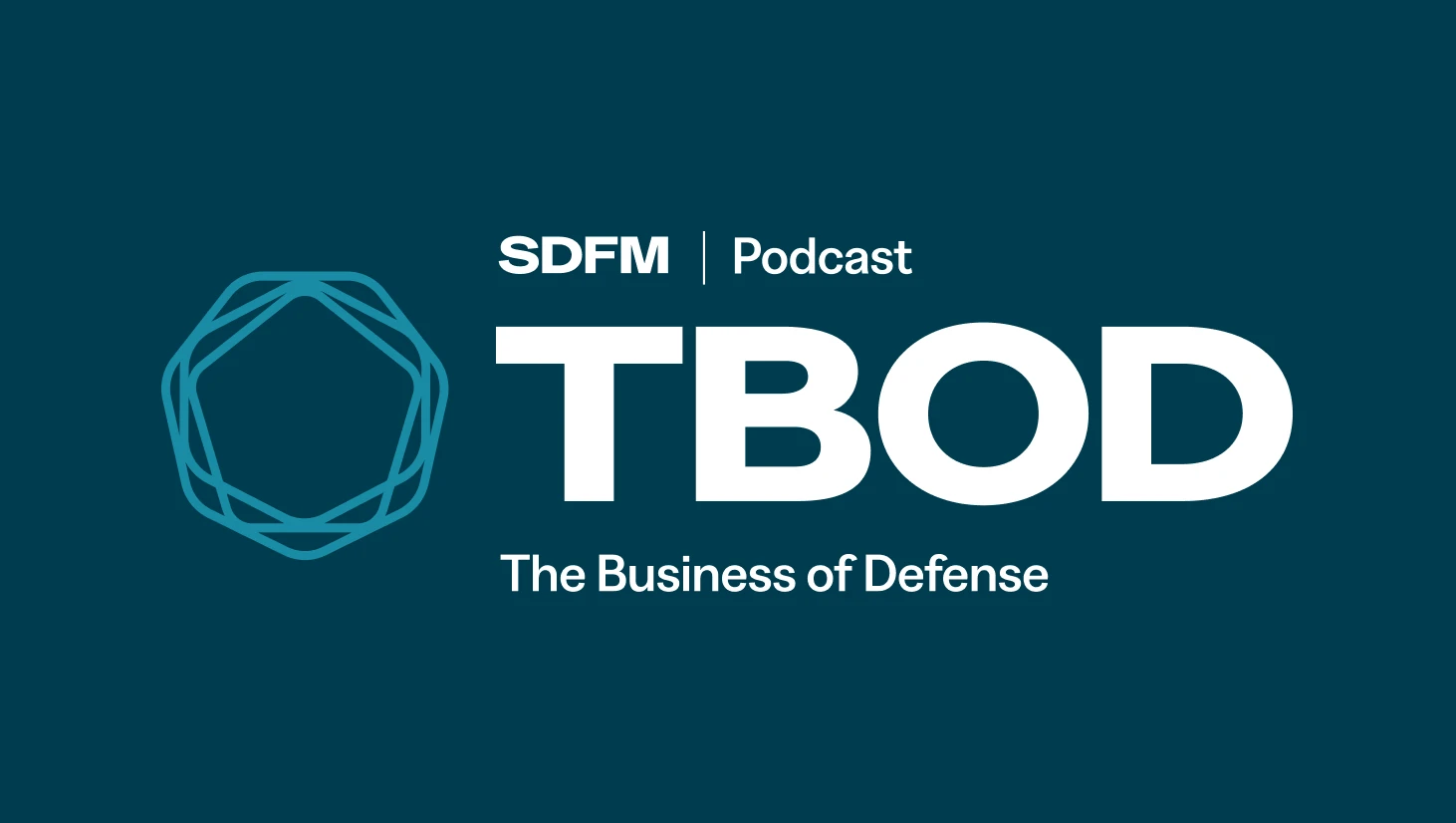In today’s rapidly evolving technological landscape, government agencies, particularly the Department of Defense (DoD), face increasing pressure to modernize their software procurement and delivery processes. To address these challenges, initiatives such as the DoD CIO’s Software Fast Track (SWFT) program, GSA’s OneGov Strategy, and the revamped FedRAMP 20x process aim to streamline and accelerate software adoption, ensuring that the military and other federal entities can access cutting-edge, secure, and cost-effective solutions. For Department of Defense Financial Managers and Executives, understanding the nuances of these efforts and their implications is critical to improving procurement efficiency, ensuring cybersecurity, and enhancing the overall effectiveness of the federal IT infrastructure.
This article explores the different software delivery models, including cloud-based and hybrid solutions, and examines how the evolving procurement strategies are reshaping how federal agencies, including the DoD, acquire software. Additionally, we will take a closer look at the Federal Risk and Authorization Management Program (FedRAMP) and its new approach, FedRAMP 20x, which is designed to make the federal cloud adoption process faster, more secure, and more flexible.
The Changing Landscape of Software Procurement
The federal government, particularly the DoD, is one of the world’s largest buyers of software and IT services. In fiscal year 2024, the federal government allocated approximately $74 billion for civilian agency information technology expenditures, marking a nearly 13% increase from the previous year (govinfo.gov). Traditionally, the process of acquiring and deploying software within the government has been burdened by outdated procurement methods, lengthy approval processes, and rigid compliance frameworks. As a result, agencies have struggled to keep pace with the rapidly changing technology landscape, often resulting in inefficiencies, higher costs, and delayed modernization efforts.
In recent years, there has been a significant shift in how the federal government approaches software procurement. Key initiatives, such as the GSA OneGov Strategy and SWFT, reflect a broader government effort to modernize procurement processes and make them more agile, efficient, and aligned with the needs of the 21st-century digital economy.
GSA OneGov Strategy: A New Approach to Federal Software Procurement
The General Services Administration (GSA) has long played a crucial role in streamlining federal procurement processes. In 2025, GSA unveiled the OneGov Strategy, which is designed to transform the way the government acquires goods and services. This initiative aims to lower costs and improve procurement efficiency by simplifying and standardizing the acquisition of software and IT services across all federal agencies.
OneGov is an ambitious program that focuses on fostering direct relationships with original equipment manufacturers (OEMs) and promoting transparency in pricing. By reducing reliance on resellers and third-party vendors, the OneGov strategy aims to create a more predictable, cost-effective, and streamlined procurement process. For financial managers and executives in the DoD, OneGov provides a clear pathway toward acquiring more secure and affordable software solutions, ultimately benefiting both taxpayers and end-users within federal agencies.
OneGov’s core principles include:
- Simplified Acquisition Processes: OneGov seeks to eliminate bureaucratic red tape by introducing a more straightforward, standardized approach to software procurement.
- Direct Engagement with OEMs: The strategy encourages closer collaboration between the government and software providers, ensuring more transparent pricing and faster access to cutting-edge technologies.
- Focus on Cost-Effectiveness and Security: OneGov prioritizes the adoption of commercial solutions that provide the best value for taxpayers while ensuring that security and compliance standards are met.
For DoD financial managers, this approach means less complexity in acquiring software solutions, more opportunities to negotiate better pricing and terms, and a streamlined path to modernize legacy systems and improve overall IT efficiency.
The FedRAMP Revamp: FedRAMP 20x and the Future of Secure Cloud Adoption
One of the major challenges facing federal agencies in software procurement is the need to ensure security and compliance, particularly when adopting cloud-based solutions. The Federal Risk and Authorization Management Program (FedRAMP) was established to standardize the security requirements for cloud service providers (CSPs) and ensure that federal agencies can confidently adopt cloud technologies without compromising security.
However, the traditional FedRAMP process has been criticized for being slow, inefficient, and overly bureaucratic. To address these concerns, FedRAMP 20x was launched to streamline the authorization process, improve security, and accelerate cloud adoption across the federal government.
FedRAMP 20x represents a shift in how cloud security is managed within the federal government. Instead of relying on slow, manual processes to assess and authorize cloud services, FedRAMP 20x aims to automate as much of the authorization process as possible, reducing the time it takes to approve new cloud solutions from years to weeks. This faster approval process is crucial for agencies like the DoD, which depend on rapid access to new software and services to maintain technological superiority.
Key elements of FedRAMP 20x include:
- Automation of Authorization Processes: By leveraging artificial intelligence and other technologies, FedRAMP 20x automates many of the manual tasks involved in cloud service authorizations, reducing administrative burden and speeding up approvals.
- Simplified Security Requirements: The new process focuses on making security requirements clearer and easier to implement, ensuring that agencies can adopt cloud solutions without unnecessary delays.
- Increased Collaboration with Cloud Providers: FedRAMP 20x encourages greater collaboration between federal agencies and cloud providers, fostering innovation and enabling agencies to adopt the latest technologies more rapidly.
- Better Risk Management: The program ensures that cloud solutions meet rigorous security standards while offering more flexibility in how risks are managed, aligning with evolving federal cybersecurity policies.
For financial executives in the DoD, the implementation of FedRAMP 20x represents a significant opportunity to improve the security and efficiency of cloud-based software procurement. By making it easier and faster to adopt secure cloud services, FedRAMP 20x helps the DoD stay agile and competitive in an increasingly digital world.
Software Delivery Models: Navigating Cloud, Hybrid, and On-Premises Solutions
As federal agencies increasingly rely on cloud technologies, understanding the different software delivery models becomes essential. There are three primary models for delivering software: on-premises, cloud, and hybrid solutions. Each model has its benefits and challenges, and the choice of model depends on the specific needs and requirements of the agency.
On-Premises Software
On-premises software refers to software that is hosted and managed within an agency’s own infrastructure. This model was traditionally the default for most federal agencies, as it offers full control over the software and data. However, on-premises software can be costly to maintain and scale, and it often requires significant IT resources to manage updates, patches, and security.
For DoD financial managers, on-premises solutions may still be necessary for certain legacy systems or highly sensitive applications that require complete control over data. However, agencies must carefully weigh the costs and risks of maintaining on-premises software versus adopting more modern alternatives.
Cloud Software
Cloud-based software is hosted by a third-party provider and delivered over the internet. This model offers many advantages, including lower upfront costs, scalability, and flexibility. Cloud services are typically offered on a subscription basis, allowing agencies to pay only for what they use. Additionally, cloud providers handle software updates, patches, and security, which can reduce the administrative burden on agency IT departments.
The DoD has increasingly embraced cloud-based solutions as a way to modernize its IT infrastructure and improve efficiency. Cloud software offers rapid deployment and flexibility, making it an ideal choice for agencies that need to quickly adapt to changing requirements. However, security concerns and compliance with federal regulations remain important considerations when adopting cloud solutions, which is why FedRAMP and FedRAMP 20x are critical components of the federal cloud adoption strategy.
Hybrid Software Solutions
Hybrid software models combine both cloud and on-premises elements, offering agencies the flexibility to choose the best solution for their specific needs. For example, an agency may store sensitive data on-premises while using cloud-based software for less critical functions. Hybrid solutions allow agencies to leverage the benefits of both models, such as the cost-effectiveness and scalability of cloud computing, while maintaining control over sensitive or classified information.
For DoD financial executives, hybrid solutions offer the flexibility to modernize certain aspects of the IT infrastructure while retaining control over critical systems. This model is particularly useful for the DoD, which often faces unique challenges related to security, compliance, and the need for rapid modernization.
Conclusion: Moving Forward with Modern Software Procurement and Delivery
As the Department of Defense and other federal agencies continue to modernize their IT systems, it is crucial that financial managers and executives stay informed about the latest developments in software procurement and delivery models. Initiatives such as the GSA OneGov Strategy, SWFT, and FedRAMP 20x are all designed to make the procurement process more efficient, secure, and agile, enabling agencies to access the best available technologies and support the warfighter in achieving mission success.
By understanding the various software delivery models—on-premises, cloud, and hybrid— financial executives can make more informed decisions about which solutions best meet the needs of their agency. Moreover, the ability to leverage streamlined procurement processes and faster cloud adoption will help the DoD remain competitive in a rapidly evolving technological landscape.
Ultimately, the success of these initiatives will depend on the continued collaboration between industry, government agencies, and stakeholders across the federal IT ecosystem. By working together, we can build a more efficient, secure, and innovative federal IT infrastructure that supports the nation’s defense capabilities and ensures the best possible outcomes for American taxpayers.


